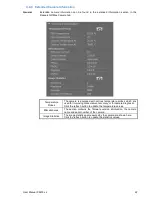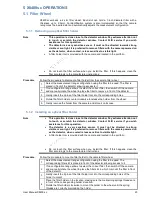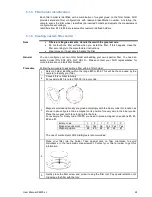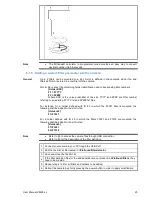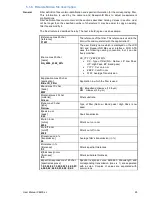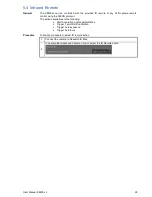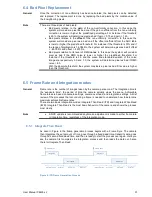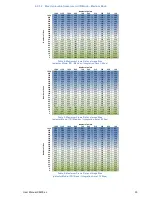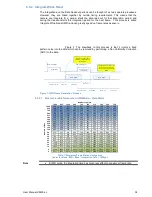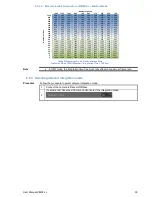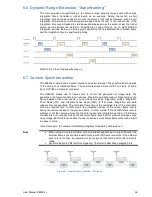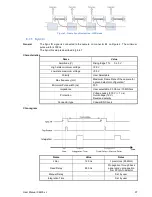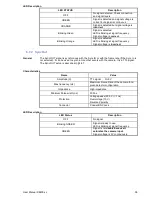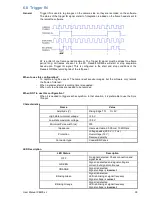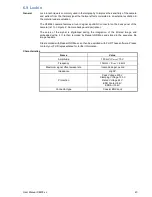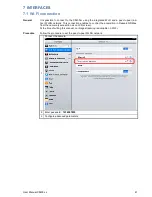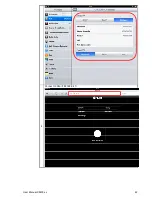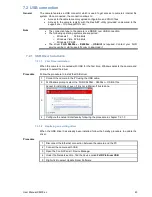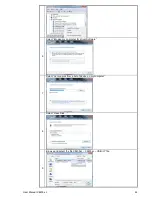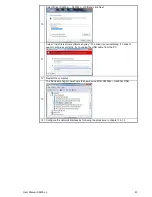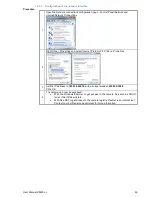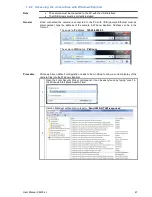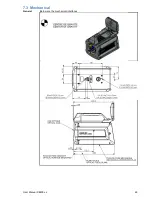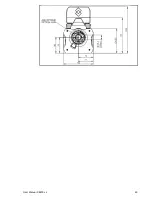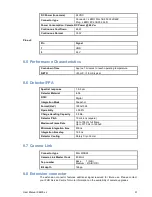
User Manual X8400 sc
36
6.6 Dynamic Range Extension “Superframing”
The main purpose of superframing is to capture a large dynamic range event with various
integration times. Consider a rocket launch as an example. During the launch a short
integration time would be needed to monitor the plume of the rocket. However, such a short
integration time would not yield adequate images across the rest of the rocket body. If the
integration time was increased to yield adequate images across the entire rocket, the rocket
plume would saturate the detector. Superframing cycles through up to eight different
integration periods. Below is a timing graph explaining the link between the recorded frame
and the integration time in superframing mode.
Refer to 4.4.5 to set the superframing up.
6.7 Camera Synchronization
The X8400sc camera can be synchronized to an external signal. The synchronization applies
to the timing of an individual frame. The camera features a Sync IN (#4 on Figure 2) and a
Sync OUT (#5 on Figure 2) connector.
The X8400sc makes use of frame syncs to control the generation of image data. The
generation of a frame consists in two phases: integration and data readout. Depending on the
timing between these two events, you can have two basic integration modes: Integration
Then Read (ITR), and Integrate While Read (IWR). In ITR mode, integration and data
readout occur sequentially. The complete frame time is the combined total of the integration
time plus readout time. In IWR mode, the integration phase of the current frame occurs
during the readout phase of the previous frame. In other words, ITR and IWR terms refer to
whether or not the camera will overlap the data readout and integration periods. In ITR mode,
the data are not overlapped which means lower frame rates but this process provides a less
noisy image. IWR mode can enable the user to achieve much faster frame rates with a slight
increase in noise.
Upon frame sync, the camera immediately integrates followed by data read out.
Note
•
When using an external frame sync and preset sequencing or super framing, the
external frame sync should be set to comply with ITR frame rate limits. If the external
sync rate is too fast, the camera will ignore syncs that come before the camera is
ready
•
Synchronization is different from triggering. The latter is described paragraph 6.8.
Figure 8 : Frame Synchronization - ITR mode

